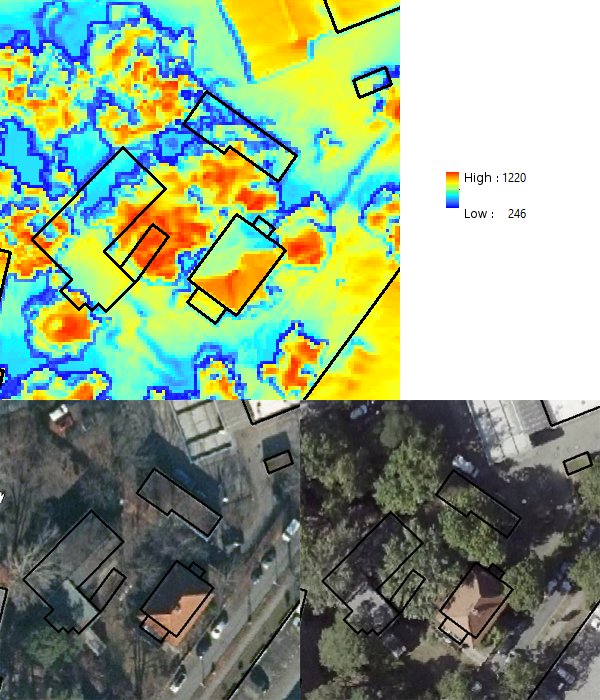As of July 23, 2023, 20,985 PV systems were registered in Berlin. The great majority of these are small systems below 30 kWp (19,987) while only 227 of them are larger systems (> 100 kWp). They have a total installed capacity of about 229,492 kWp. Of these, the above-mentioned larger systems account for about a third (approx. 54,222 kWp) of the total capacity in Berlin. The three boroughs of Marzahn-Hellersdorf, Treptow-Köpenick and Pankow have by far the largest number of systems and the highest total capacity with the number of systems ranging between 3,010 and 3,778. In terms of installed capacity, the borough of Lichtenberg also stands out with 21,59 MWp. Here, the considerably lower absolute number of systems is offset by individual systems that have a high installed capacity. Taking a closer look at postal code level reveals that most postal code areas with capacities exceeding 1,000 kWp fall into single family-home estates on the periphery with a high absolute number
of systems.
As of April 1, 2023, a total of 691 PV systems with a capacity of 42.08 MWp were installed on buildings of the public sector. The borough of Lichtenberg has the highest number of PV systems on public buildings with 112 systems, followed by Pankow (91) and Marzahn-Hellersdorf (90). However, the borough of Pankow achieves the highest installed capacity with 5.46 MWp, closely followed by Charlottenburg-Wilmersdorf, Mitte, and Spandau. The public sector also maintains buildings outside of Berlin, where four PV systems are installed at three locations. These four PV systems, each with an average capacity of around 470 kWp, collectively reach a similar installed capacity as the 30 and 39 systems in the boroughs of Tempelhof-Schöneberg and Friedrichshain-Kreuzberg.

